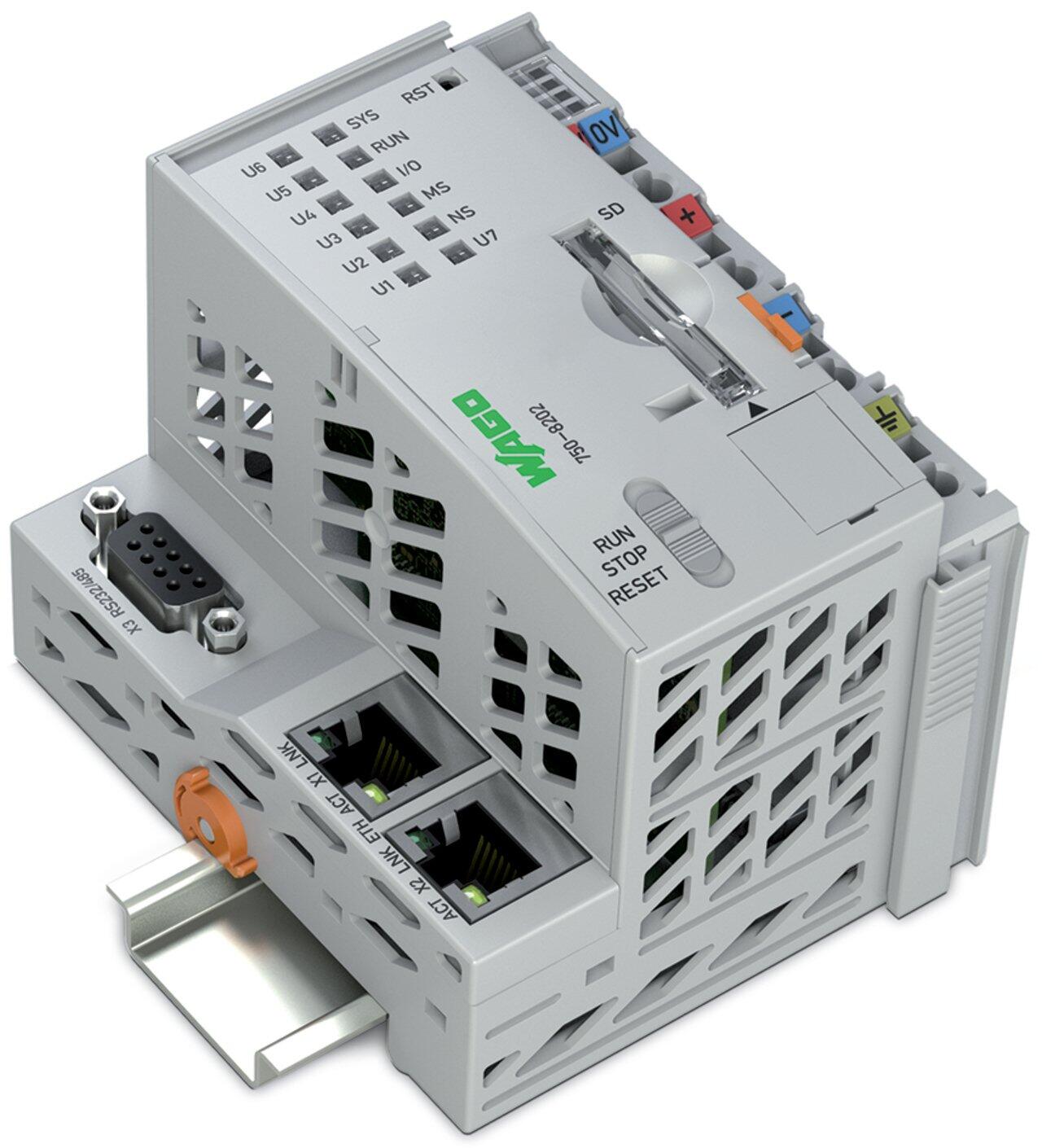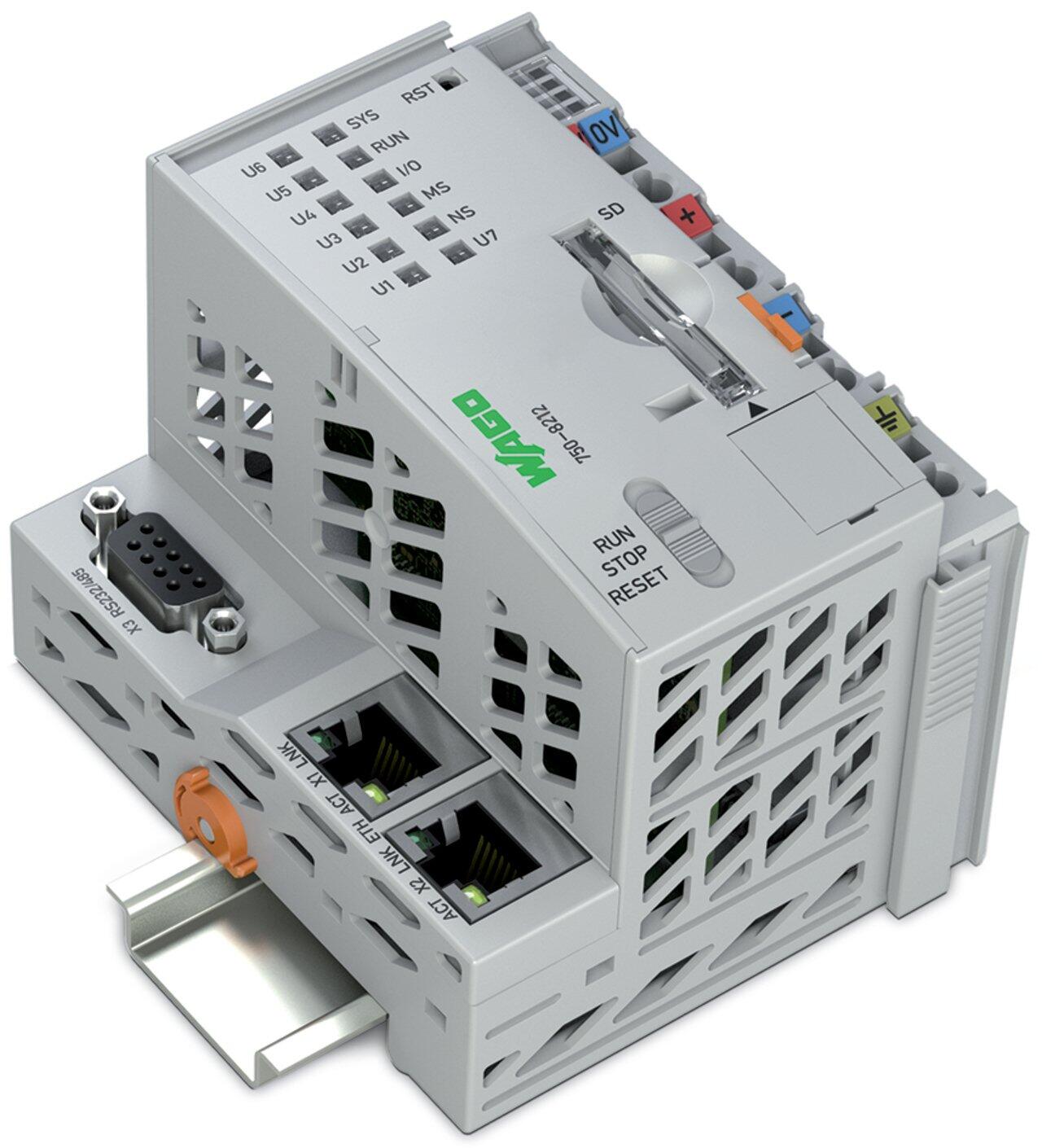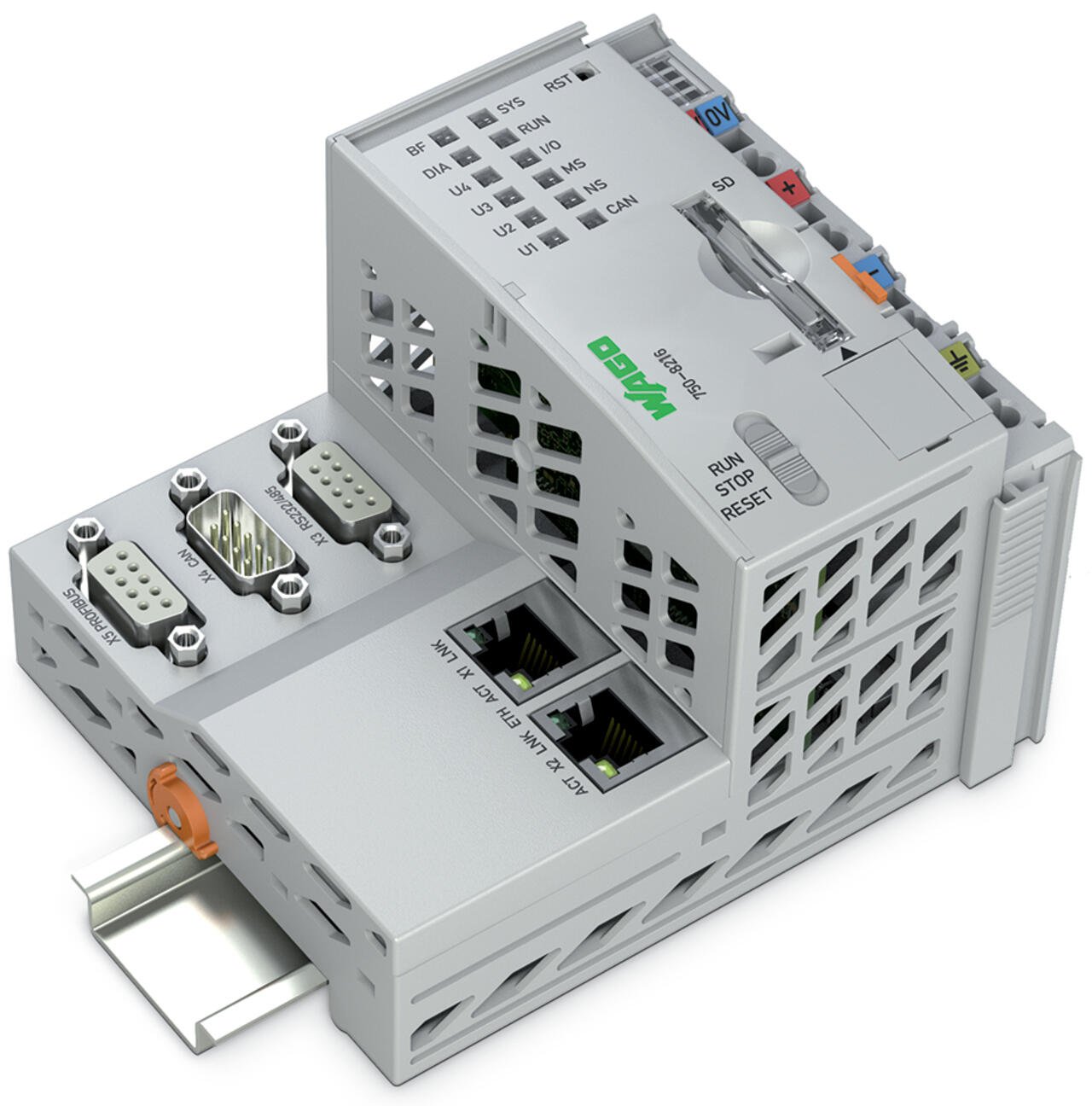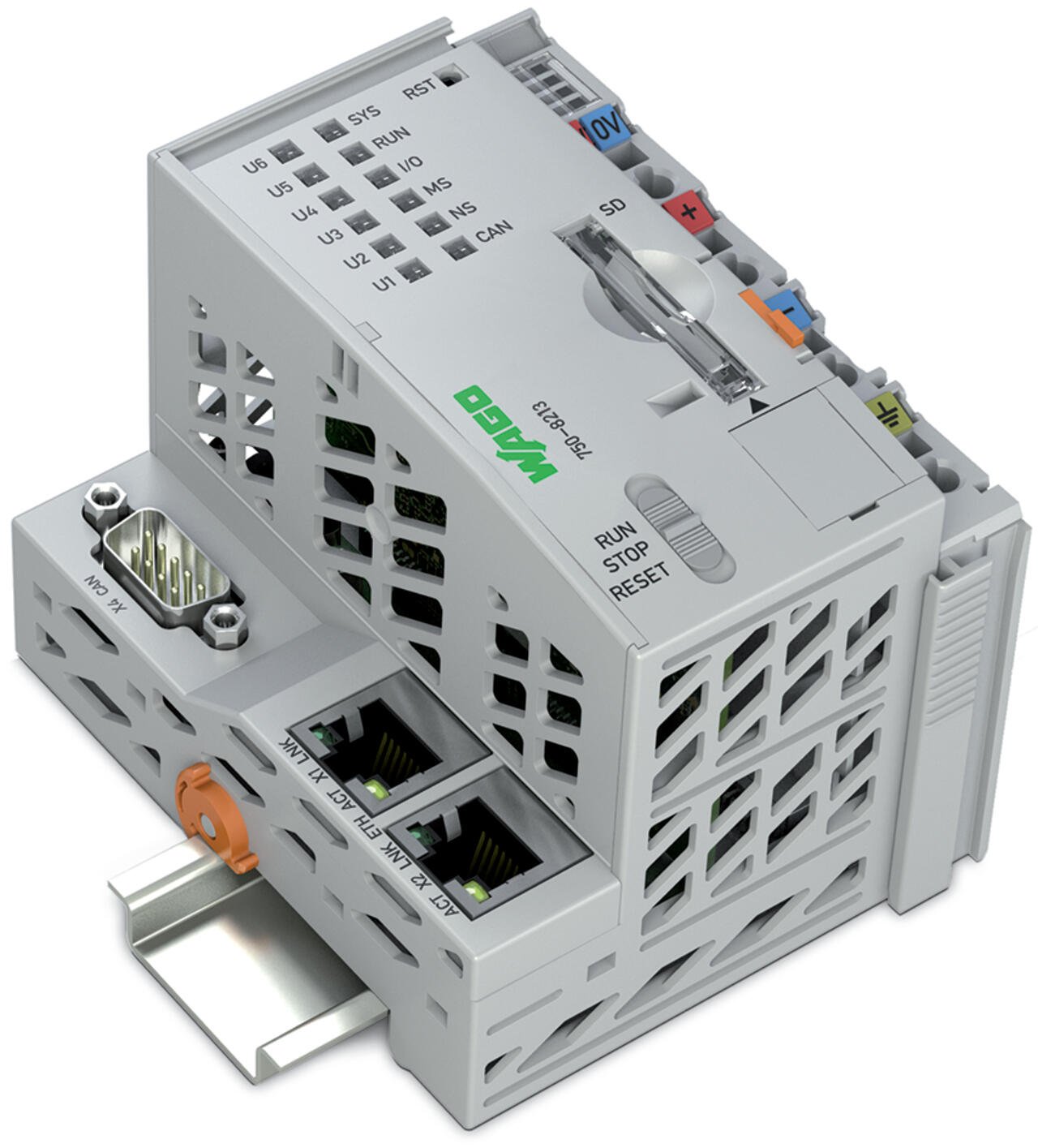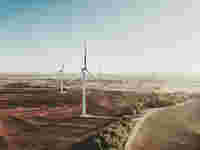The Self-Sufficient Kindergarten

In 2017, the kindergarten of the Heiligkreuz Catholic Church Foundation, built in 1932, had to be replaced with a new building. The power supply also had to be completely redesigned, because with the expansion, the existing connection, which had a maximum capacity of 72 kW, was no longer sufficient. The updated equipment, including a kitchen, elevators and a decentralized hot water supply system, required significantly more power.
For example, the plan involved tankless water heaters, which have a relatively high heating capacity. They also provide a high level of hygiene because they heat the water as it flows through and are installed close to where it is used. This guarantees a precisely adjustable temperature and prevents growth of legionella bacteria.
However, because the energy consumption doubles, this system sometimes requires more electricity than the existing connection can supply. The obvious option would have been to expand the capacity at the mains connection. However, the grid operator would have had to build a new branch point from the public grid and lay more underground cable. An additional substation would also have been necessary.
So the client decided against the conventional solution. Instead, they chose a solution that just a few years ago sounded futuristic, but is now widely used: operating a decentralized, renewable energy system to mostly cover their own peak loads.
Controlling Photovoltaics and Energy Storage Systems – Here’s How WAGO Supports You:
The PFC200 telecontroller handles the exchange of complex information among all the components.
The energy meter installed at the mains supply point is connected via the RS-485 onboard interface.
VPN encryption also ensures maximum security for access via the Internet.


